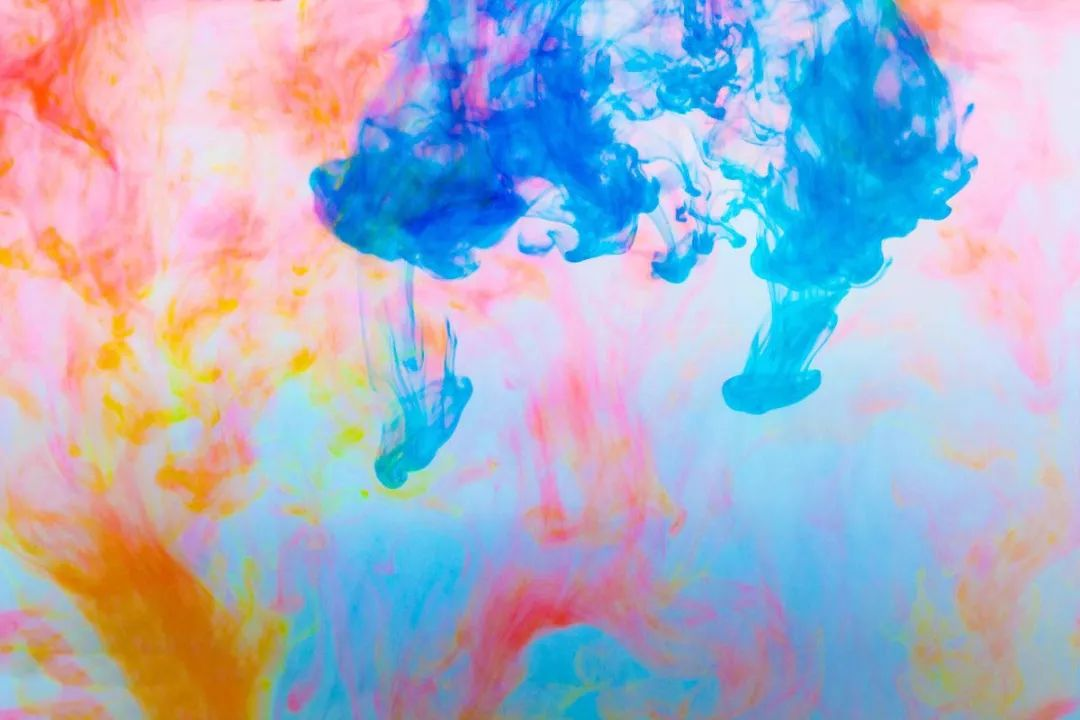Before understanding the reasons, we first need to know what "sunlight fastness" is.
Sunlight fastness: refers to the ability of dyed goods to maintain their original color under sunlight. According to general regulations, the measurement of sun fastness is based on sunlight as the standard. In order to facilitate control in the laboratory, artificial light sources are generally used and corrected when necessary. The most commonly used artificial light source is hernia light, but carbon arc lamps are also used. Under the irradiation of light, the dye absorbs light energy, the energy level increases, and the molecules are in an excited state. The color system of the dye molecules changes or is destroyed, causing the dye to decompose and cause discoloration or fading.

1. The effect of light on dyes

When a dye molecule absorbs the energy of a photon, it will cause the outer valence electrons of the molecule to transition from the ground state to the excited state.
Photochemical reactions occur between the excited dye molecules and other molecules, resulting in photofading of the dye and photobrittleness of the fiber.
2.Factors affecting the light fastness of dyes
1). Light source and wavelength of irradiating light;
2). Environmental factors;
3). Chemical properties and organizational structure of fibers;
4). The bonding strength between dye and fiber;
5). Chemical structure of dye;
6). Dye concentration and aggregation state;
7). The influence of artificial sweat on dye photofading;
8). Influence of additives.
3.Methods to improve the sunlight fastness of dyes
1). Improve the structure of the dye so that it can consume light energy while minimizing the impact on the dye color system, thereby maintaining the original color; that is, dyes with high light fastness are often said. The price of such dyes is generally higher than that of ordinary dyes. For fabrics with high sun exposure requirements, you should first start with dye selection.
2). If the fabric has been dyed and the light fastness does not meet the requirements, it can also be improved by using additives. Add appropriate additives during the dyeing process or after dyeing, so that when exposed to light, it will react with light before the dye and consume light energy, thereby protecting the dye molecules. Generally divided into ultraviolet absorbers and anti-ultraviolet agents, collectively referred to as sun fastness enhancers.
Sunlight fastness of light-colored fabrics dyed with reactive dyes
The light fading of reactive dyes is a very complex photooxychlorination reaction. After understanding the photofading mechanism, we can consciously create some obstacles to the photooxidation reaction when designing the molecular structure of the dye to delay light fading. For example, yellow dyes containing dolsulfonic acid groups and pyrazolones, blue dyes containing methyl phthalocyanine and disazo trichelate rings, and red dyes containing metal complexes, but they still lack bright red sunlight resistance. Reactive dyes for light fastness.
The light fastness of dyed goods varies with the change of dyeing concentration. For fabrics dyed with the same dye on the same fiber, the light fastness increases with the increase of dyeing concentration. The dyeing concentration of light-colored fabrics is low and the light fastness is low. degree dropped accordingly. However, the light fastness of common dyes on the printed dye color card is measured when the dyeing concentration is 1/1 of the standard depth (i.e. 1% owf or 20-30g/l dye concentration). If the dyeing concentration is 1/ 6. In the case of 1/12 or 1/25, the light fastness will drop significantly.
Some people have proposed using ultraviolet absorbers to improve sunlight fastness. This is an undesirable method. A lot of ultraviolet rays are used, and it can only be improved by half a step, and the cost is much higher. Therefore, only a reasonable selection of dyes can solve the problem of light fastness.
Post time: Jan-30-2024





